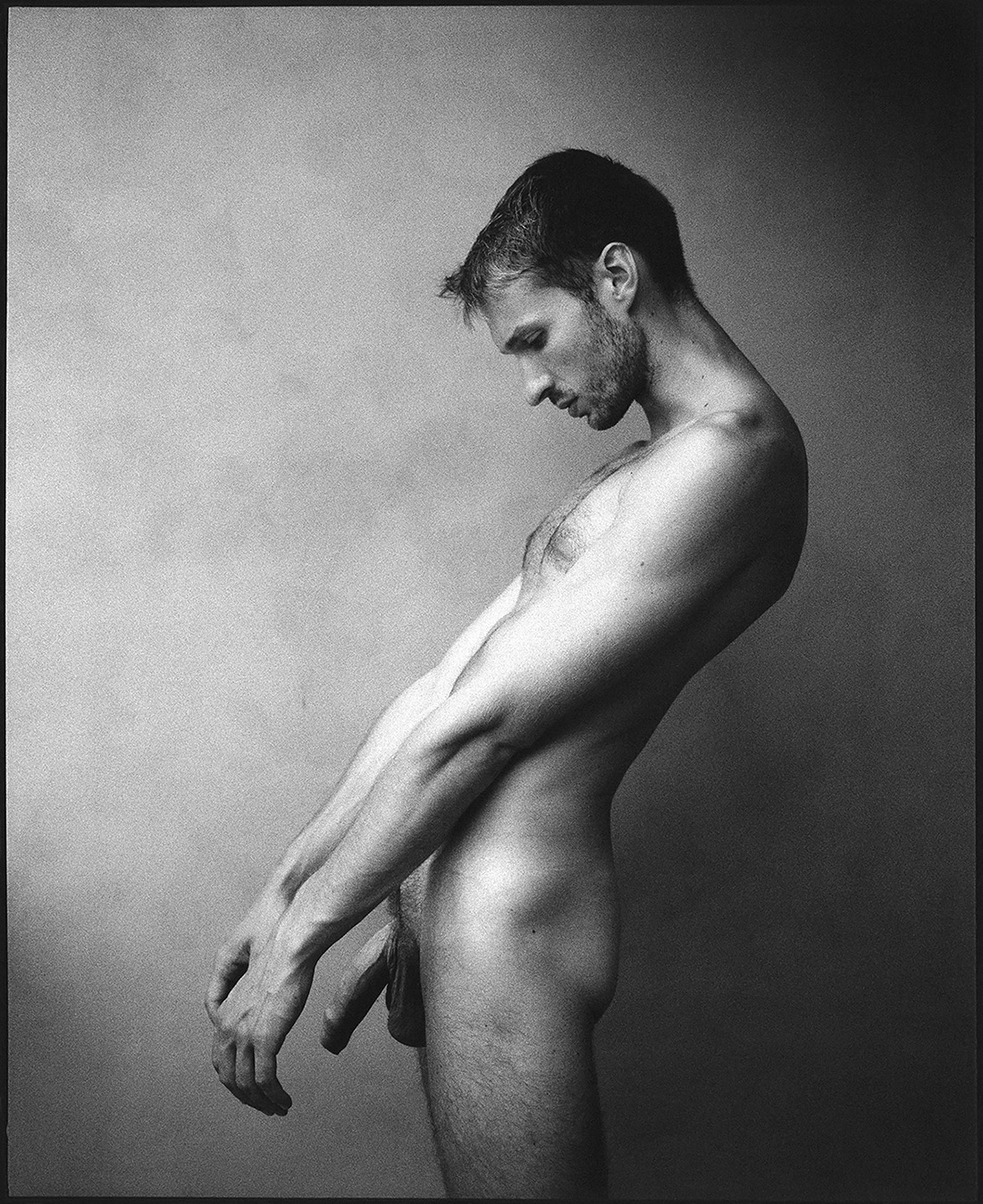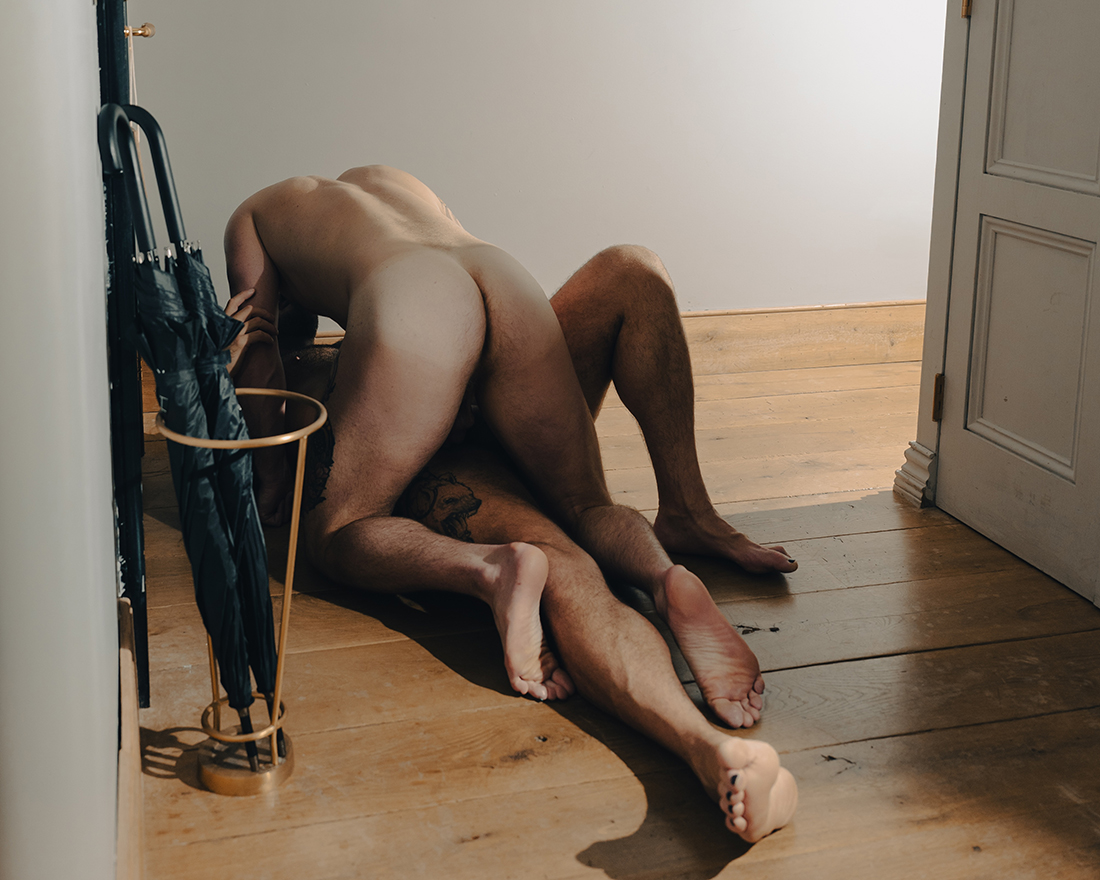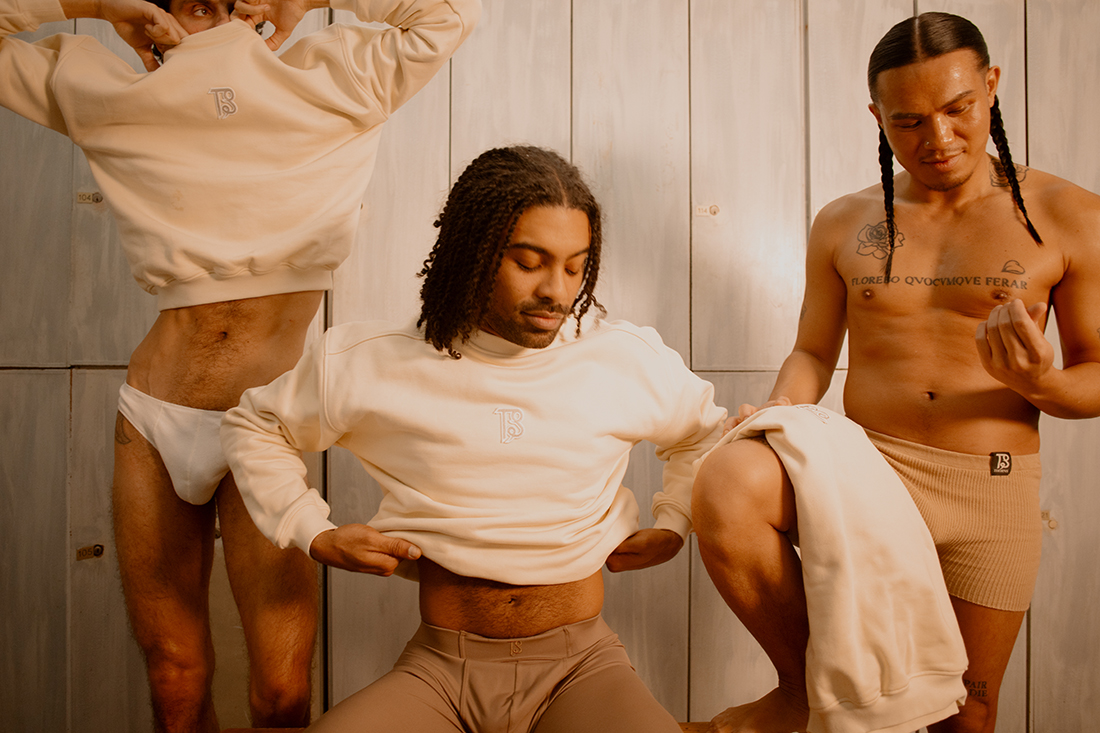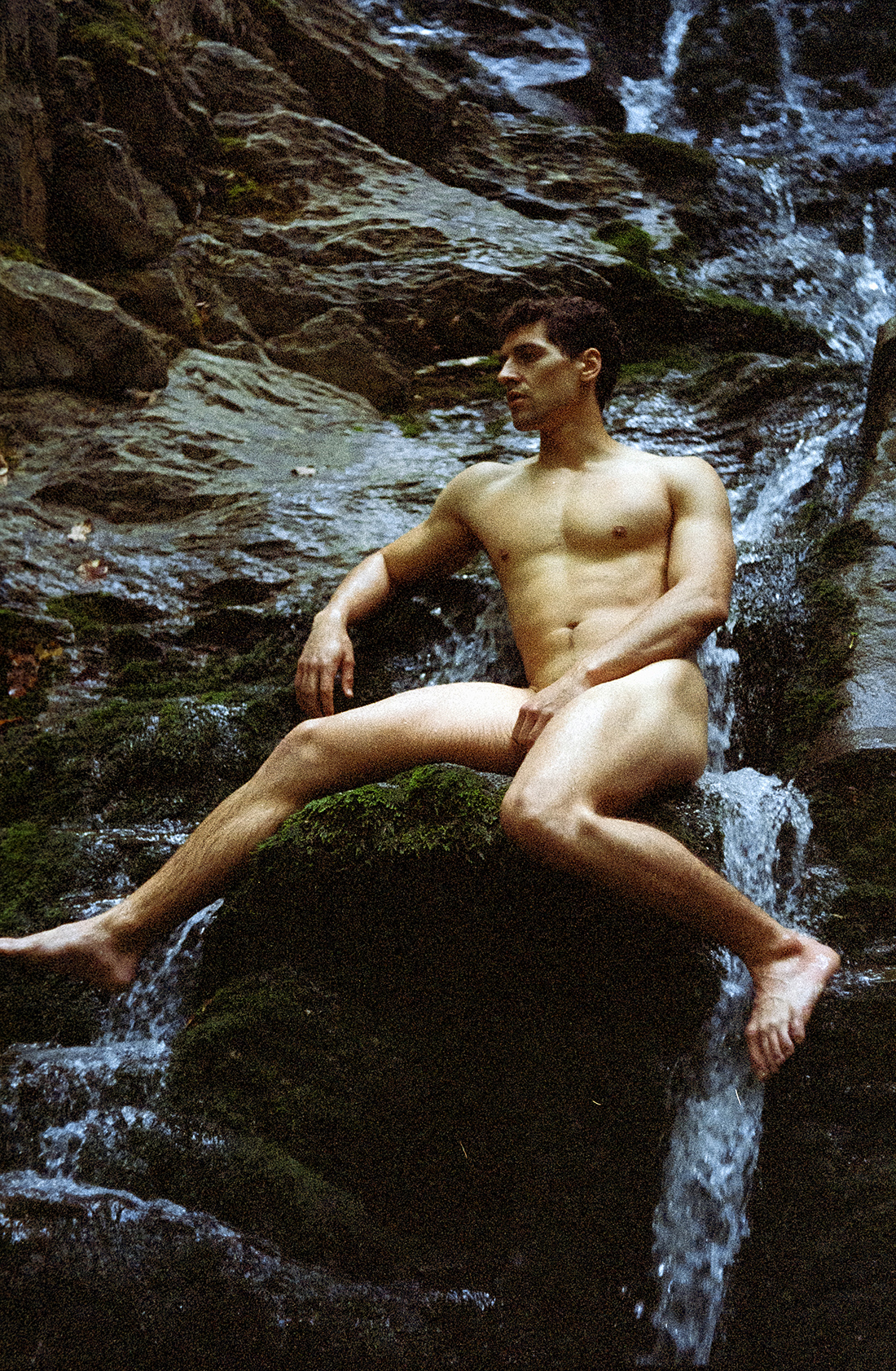There couldn’t be a better start to the year in terms of interviews than Joël Alain Dervaux. I’ve had the good fortune to add it here on the website before and even print out his works in PNPPL zine 04, but the long-planned interview with him has finally been completed from France with love. You can find more work of Joël on Pineapple by clicking here.

Could we start with some background information about you? Where you grew up, where were you based, how you got interested in photography?
I grew up in the south-west of France, near Toulouse and I now live in Paris. I started getting interested in photography when I was 17 years old. I was a studious and lonely teenager. I had few friends. One day, I heard a photographer – whose work I actually don’t like – being interviewed on television. He was explaining how photography as a medium allowed one to cast a privilegied glance on other people. I immediately understood that this could be a means for me to meet others. I mean: meeting them in real life. I immediately got that intuition. I started taking photographs of my relatives and friends and I gradually understood how much using a camera allowed me to come closer and cast a privilegied glance upon others.

Did you always know photography was your ultimate go-to outlet of expression?
No, I only found this out at the end of adolescence. Beforehand, I considered a camera to be a mere object whose purpose was to freeze memories. Then I understood what its potential was. It became an essential object in my life as I was learning to cast a glance upon somebody or something.
I know there used to be a period when you didn’t take photos at all. What led you back to photography ?
Right from the beginning, I have always resorted to photography to experiment with things and experience them, perhaps to point out an issue or try to answer it. I never wanted to use photography to respond to orders. I registered with a school of photography and I started making portraits and take photographs of heads. Then, by getting acquainted with the works of artist photographers, I defined my own subjects and my own questionings. Simultaneously, I was working in a sheet music publishing company to make a living. Back then, I knew nothing about the artistic sphere and its players. For that matter, I am still in the process of learning and you need to be determined. But back then I really wasn’t ready for all this. One day, I started doubting how interesting my works might be. I lost all confidence and yielded to the family injunction to resume studying to embark on a path less risqué than the artistic one. I went to college, became a psychologist and started the subsequent professional career. As I resumed studying, I completely stopped taking photographs. This went on for 15 years.
Only in 2016 did I reopen the boxes full of photographs of my young adult life and decide to put a website together. Creating this website reawakened my wish to create and I resumed my ‘Improvisations‘ project, which I had started 18 years earlier.

What is the best thing to being a photographer?
I’d say that being a photographer really allows you to meet others. Perhaps to see something fantastic, be it only brifely, to put it in Diane Arbus’s words.
Who are your biggest artistic influences?
Firstly, Diane Arbus and Francesca Woodman: two photographers who took their own life and whose work still haunts me. I could also mention Sarah Moon, Cindy Sherman, Eiko Hosoe, Duane Michals, Robert Mapplethorpe, Michael Ackerman, Antoine d’Agata…

You work with analogue technic, what do you think about this technique coming back into fashion these days?
When I started photography, using a digital case/body still was an exception. Mainly, photos were made on films. Moreover, I wanted to get a specific grain which a digital camera cannot always render satisfactorily nowadays. I’m still very much value the texture of the analogue grain.
I now know that film is the only method in tune with the furtive and each time unique dimension of experiencing desire at the heart of my questioning. During a session, gestures, positions and expressions can be repeated but they never come out exactly the same way. As various analogue printings of a same negative.
This is coming back into fashion nowadays precisely due to the unique trait of analogue printing. Nowadays, photographs often are images on screen. But I feel we still need materiality. Of course, we can produce very good prints of an analogue photograph but only analogue printing allows you to obtain an image that is truely unique each time.

What is your favourite film and why?
Working in natural light mainly and being indoors most of the time, I use very sensitive films. I mainly used T-max 3200 for a long time, but recently I switched to Delta 3200 which is softer and which I find better.
Can you tell us about the story behind the Allongés selection?
Contrarily to the Improvisations corpus, which contains over 200 photographs, the Allongés series (check it out here) is made up of 9 photographs and one textual image. They represent lying bodies photographed from a close distance and they open up a whole set of subjective perceptions. Each image opens up the possibility for a narration and provokes a before and an after. The Allongés series exists in big formats but the utmost shape of that work is an artistic book entirely elaborated from original analogue prints. This book is conceived as a projective test to the Rorschach test image. When describing stains, the figures in that test, what you really express is the innermost nature of your anguish and of your mental structure, for whoever knows how to decypher all this. The Allongés book contains a whole set of plates where each photograph can be the object of a viewpoint and of a different interpretation according to the individual describing it. Indeed, Laurel Parker, who is a member of the Grands Ateliers de France who made every copy of the book entirely by hand.

You are coming up with a book soon. What will it be about?
This is a project of a book (which will be printed) on the Improvisations corpus. In the Improvisations series, the subjects get undressed and bare it all, they leave a body mark and are taking the risk to reveal the mark of desire: what moves us, what makes us alive and makes a specific glance or gesture more or less ample that very day and under that particular light stands out and I record this on film. The book project aims at associating images and body marks resorting to all the means this medium allows thus generate a new experience of desire.
What do you do when you have time to yourself?
Without any order: I listen to music, go and see exhibitions, I go to the theatre, watch films, I meet friends and I dream…
Please finish the following sentences:
Deeply in love with… my next partner.
The best way to sleep is… after love.
My dream is… yet to come.


outtakes of the series ‘Improvisation’













Photographs by Joël Alain Dervaux @joel_alain_dervaux / www.joelalaindervaux.com

Be the first to see and hear about discounts, extras and updates! Sign up for Pineapple’s newletter here:




